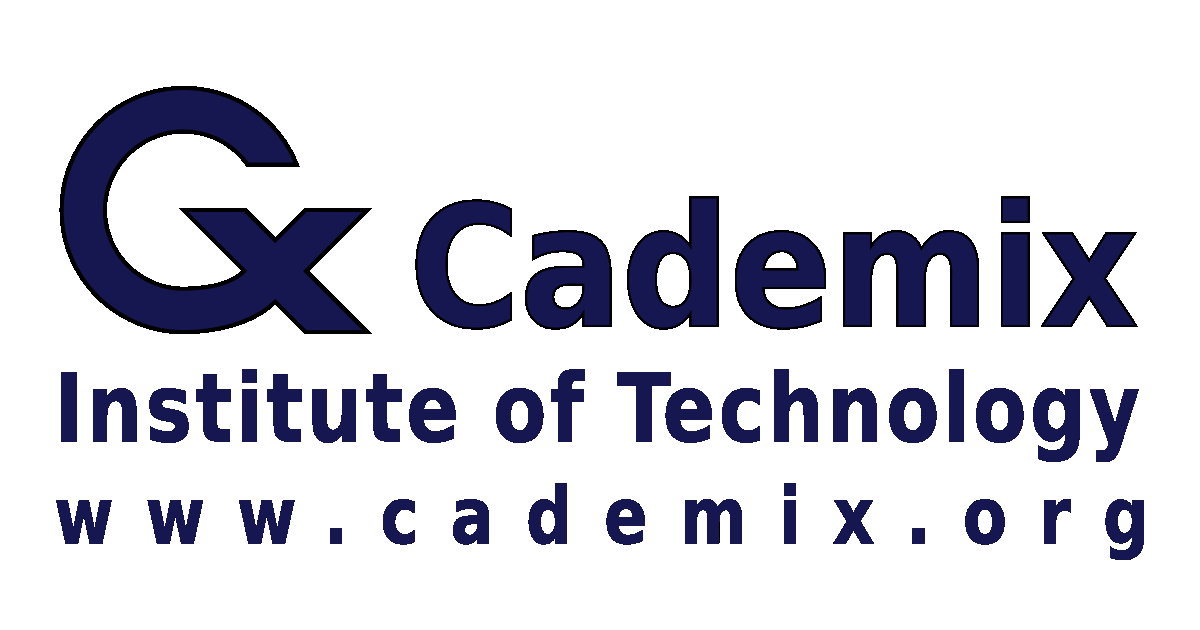The COVID-19 pandemic has significantly accelerated trends in remote work, e-commerce, and automation, reshaping the future of work. This transformation, evident in McKinsey’s comprehensive study, highlights the shift from traditional office settings to a more digitally oriented work environment. The pandemic’s impact has varied across sectors, with areas requiring high physical proximity, such as healthcare and on-site customer service, experiencing the most disruption. Remote work is expected to continue post-pandemic, with 20-25% of the workforce in advanced economies able to work from home several days a week. This shift necessitates changes in labor demand, occupational mix, and workforce skills across the globe. Additionally, the adoption of automation and AI is likely to increase, especially in high-contact areas, further altering the job landscape. The pandemic is expected to have the most significant negative impact on low-wage jobs in customer service and food services, while healthcare and STEM occupations may see increased demand.
Cademix Editorial Board

There has been a lot of debate about the effect technology, and AI might have on the future of work. The impact of Covid-19 is felt globally and the message about our future seems even more evident: what began as a few weeks of working from home has now become a change agent in how we function and live.
It is fair to assume that the conventional idea of office life has been put to rest. Yet now we’re all left to wonder, what’s going to replace it?
One thing is certain: working from home is here to stay. The transition has already started, with major tech firms like Facebook taking the initiative now. they are therefore asking employees to work remotely for the remainder of the year. some organizations have asked the employees to work home indefinitely. Google has started to rotate workers on site for a few days per week. Thus ensuring that facilities stay at just 10% occupancy. On the other hand, Twitter has taken a very different strategy. Almost all workers work exclusively from home.
Remote work provides a host of benefits for the workplace. However, about 25% reduction in employee turnover and 77% of workers reporting improved efficiency is witnessed with it. Moreover, it also presents new changes and demands that businesses may not be fully aware of.

Changes and impact of Covid 19
Below are four possible changes that we will begin to see in workplaces when we transition into the post-COVID-19 world afterwards.
1. Remote work might further divide racially
Applicants who are self-identified as Black / African American or Hispanic / Latino are more likely than White or Asian candidates to be worried about having a remote job. This disparity may be due to the current racial segregation.
The majority of Black / African American or Hispanic / Latino will not be able to work from home. This is based on their job functions. Amongst the hardest hit sectors due to the impact of Covid-19 is construction and services jobs. These sectors may not be able to provide remote employment.
Not only were candidates of Black / African American or Hispanic / Latino descent more worried about having a job, but some felt less qualified. The primary concern is that they would not have access to high internet bandwidth. The major contribution to this is that they would live in cramped or stressful quarters. The more people confined to limited living space, the more challenges you might expect to encounter. Not to mention devices searching for that good internet link. It’s no wonder this group is more worried about remote work.
Employers must take it upon themselves from here to provide all workers access to the remote resources required to perform their work. It may mean paying for internet bills for staff, providing home office items like noise-canceling headphones. Moreover, they can even be providing standing desk equipment and cameras for virtual meetings.
2. Ascertaining promotions and performance increase might become data-centric.
One of the key reasons workers received promotions in the past was because of their experience within the organization. Keep in mind; there is not always a clear connection between having a promotion and doing a stellar job.
With a decrease in in-person contact and a rise in online network use, the days of workers schmoozing their way to the top could be on the decline. The future of promotions looks to become more data-centric. Where the decision is based upon an array of qualitative metrics such as sales figures, year over year performance values, and customer service scores and feedback.
We can also anticipate an increase in the use of apps and technology which evaluates the digital experiences of employees. Such innovations would give clients while being remote, a more cohesive and data-measured understanding of the value that you can add.
Some managers have already begun evaluating productivity with the influx of remote work. This is done by tracking employee keystrokes or monitoring screens remotely through programs such as TeamViewer. The number of minutes idle or the number of keystrokes taken may be used as a benchmark for dictating dedication and effort. Come season of merit, these measurements and monitoring systems become measures of where the success of employees falls.
Whether or not this control level is successful, remote workers should rest assured that they still have a high chance of having an uplift. The rise in promotions for remote workers may be attributed to the fact that efficiency and job satisfaction for employees with flexible work arrangements are higher.
3. Cybersecurity measures will become even more necessary.
As organizations provide more workers with remote work computers and access to email on personal mobile devices, the need to create heightened cyber protection will become compulsory. Although security breaches have risen by 11% since 2018 and 67% since 2014. We can only expect this rise to continue, given that remote work widens an organization’s attack surface.
Here’s the harsh reality: every 53 seconds a laptop is stolen, and in less than one minute, 93% of active data breaches occur. This crime can occur anywhere from someone’s home, to public transit, or at a local cafe. Workers must, therefore, feel a sense of duty to help protect their employer’s health.
Please take conscientious care to guard yourself. Start by introducing two-factor authentication (Companies can choose from a number of two-factor authentication providers, including OneLogin, Yubico, or Okta). Monitor access controls (there’s an option) and creating stronger passwords for all accounts (here’s how). Emails containing sensitive information must be encrypted. This should be done along with all devices that store sensitive data In the event of theft to secure the company’s information.
4. Feedback strategies are likely to change significantly.
When workplaces were swarming with workers, managers might easily stop by a desk of employees and thank them for their hard work. Be it on a recent project, or during the morning meeting. They can thank those workers for their feedback. The impact of Covid-19 has broken down these traditional methods of delivering regular feedback. Thus forcing management to use alternative forms of continuous feedback.
This may not sound like a major problem. However, when you realize that Millennials (born 1980-2000), who make up more than half of the workforce, hold a deeply ingrained desire for regular input. Managers are in for some sudden recalibration in how they offer feedback to keep their workers satisfied. The more time remote workers spend out of sight, the more concerned they are about “out of mind” too.
Evidence reported isolation was at an all-time high before the impact of Covid-19 pandemic outbreak. For more workers living at home, this problem will only increase. Managers should fill this loneliness gap when establishing relationships to provide positive input. Keep contact between your teams open and confidential, even in virtual one-on-one environments.
Such developments are something employers, and workers alike need to come to terms with and take steps to plan. Your future and business success are left in your hands at the end of the day. It is up to you to adapt to the changes and not to sink under them.

